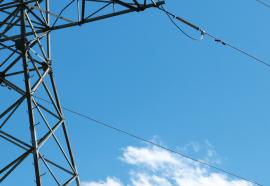Regulating Fine Particles
Developing a new paradigm for managing fine particulate air pollution.
The Environmental Protection Agency regulates emissions of particulate matter based on the mass of those emissions—not on the toxicity of the particular components. A growing body of evidence shows that different kinds of particulates affect health differently. Research by the Electric Power Research Institute suggests that in order to most effectively protect public health, the EPA’s next round of air quality standards should differentiate between relatively benign sulfate or nitrate compounds, and more harmful trace metals in particulate emissions.











